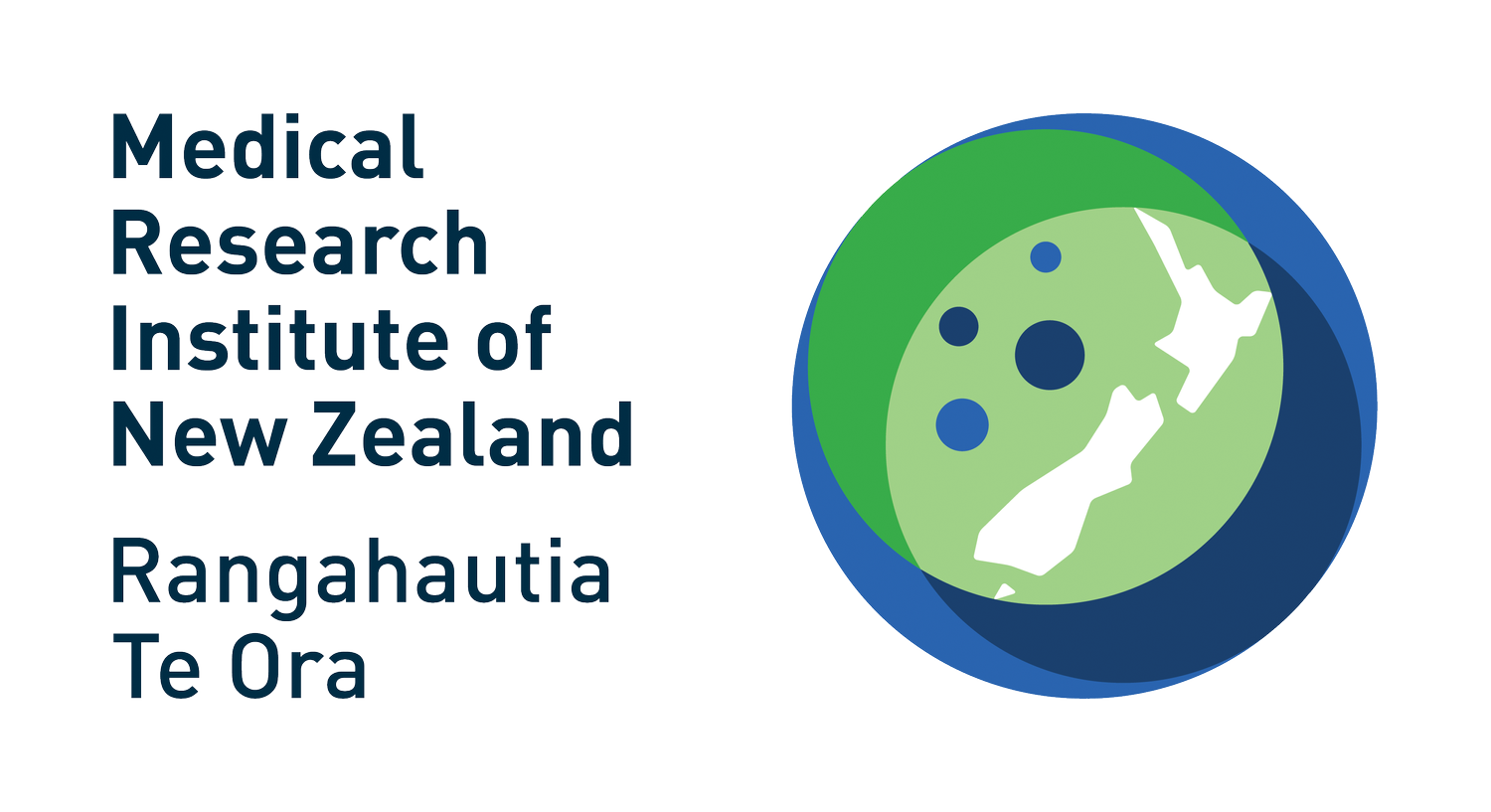
Publications
Publication in peer-reviewed scientific journals is the primary means of communicating research findings. This shared knowledge provides the scientific foundation for practicing evidence-based medicine, leading to improved clinical outcomes.

